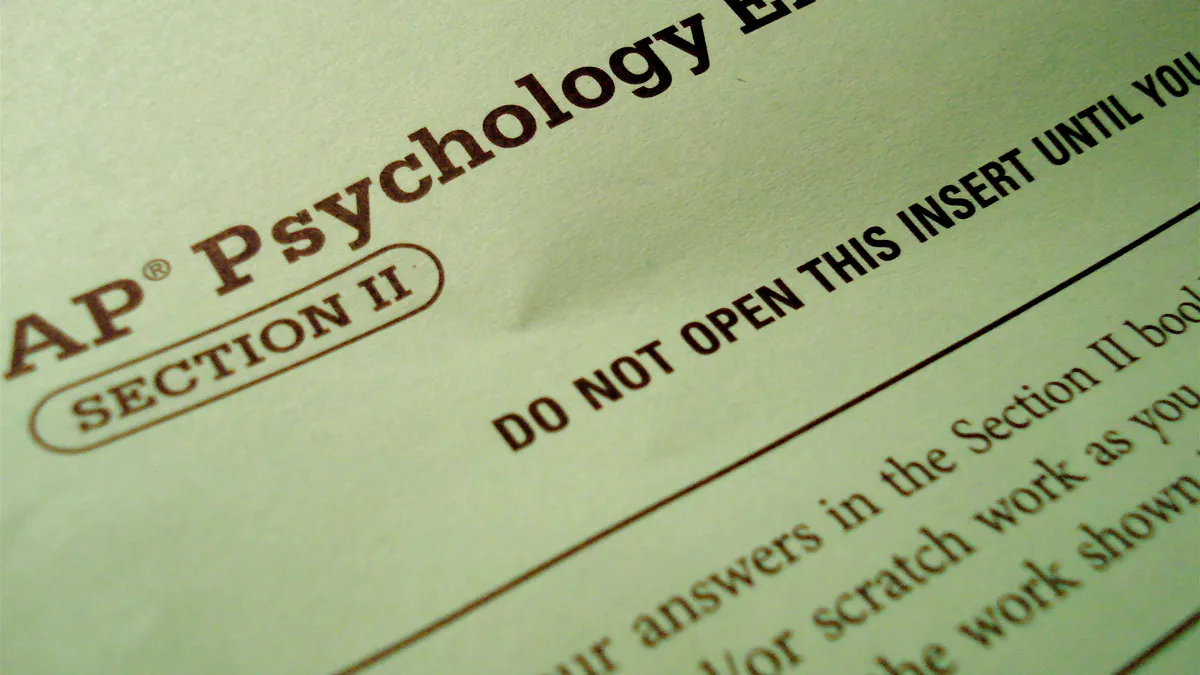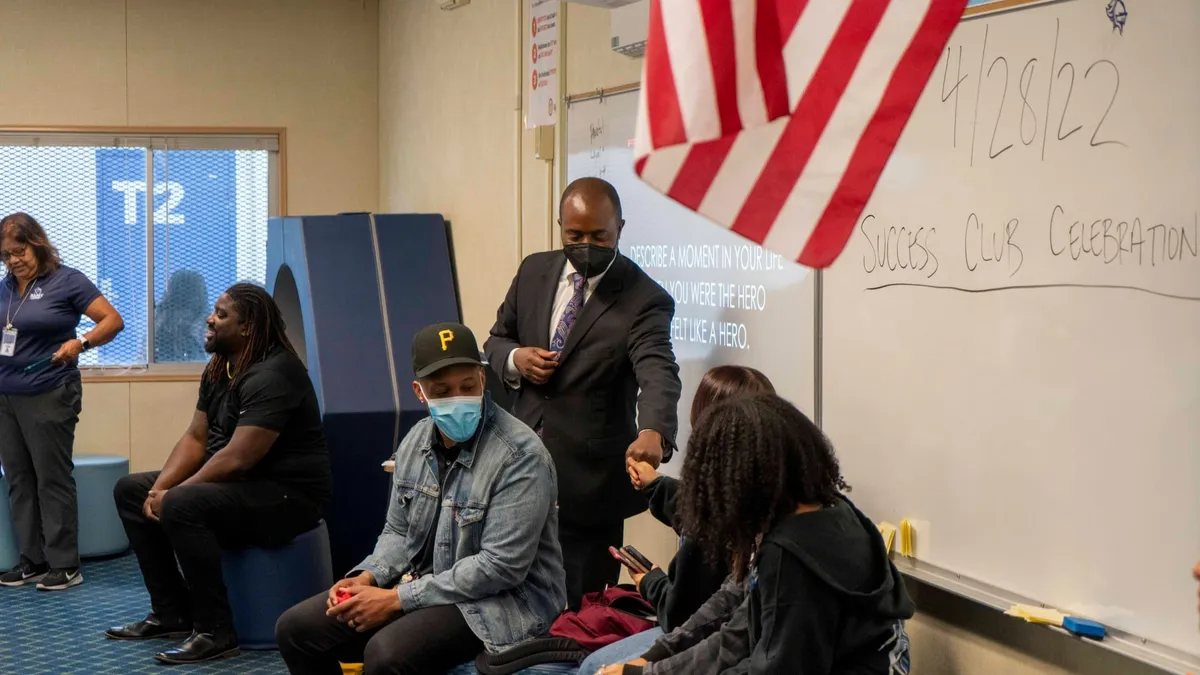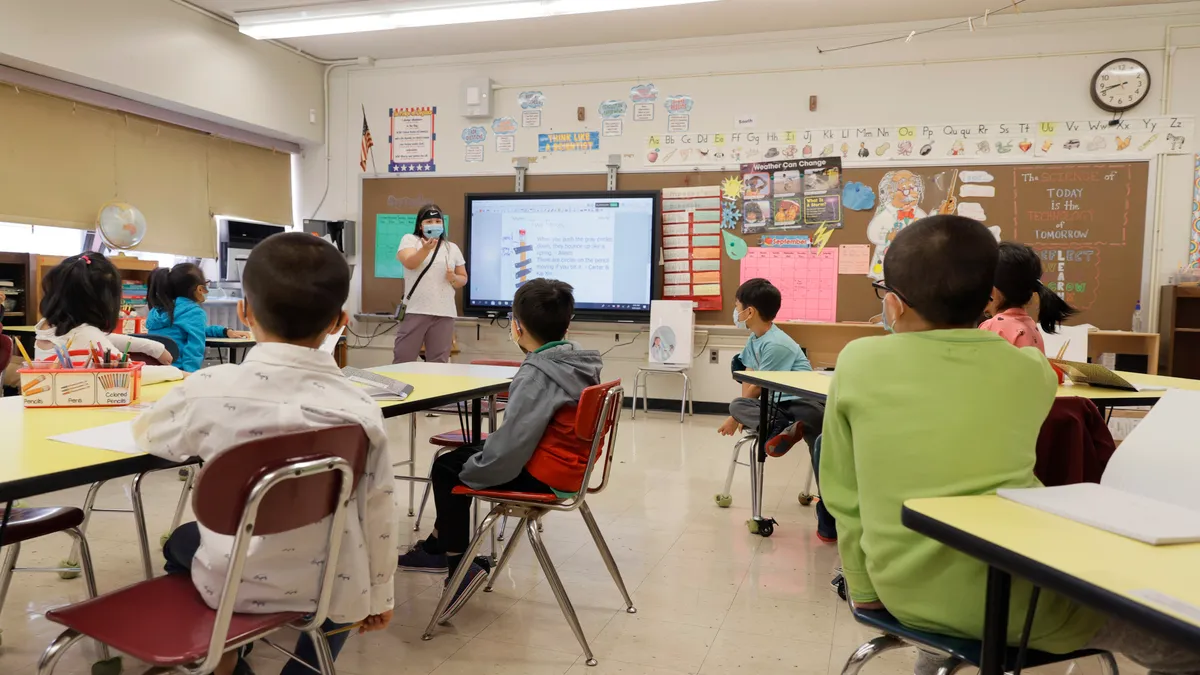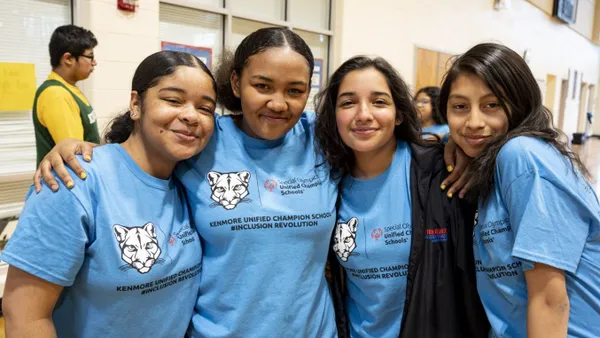Diane Brauner is manager of the Paths to Technology website at the Perkins School for the Blind in Watertown, Massachusetts, and has 30 years of experience working with students who are visually impaired.
Advances in gaming apps have ushered in a new era for educators within the visually impaired community. Thanks to the development of a wide range of creative games — some of which mimic classic video, sports, card and game-show entertainment — educators have new resources to impart an array of critical skills to their visually impaired students. It is useful to spotlight the philosophy behind the development of these games, show how they convey specific skills and review how they are being received within this community.
Games can transform learning for visually impaired students
The digital revolution has inspired tech-savvy educators to rethink how certain skills are being taught to visually impaired students. Instead of using paper and pencil — or traditional braille and tactile graphics — students are using technology to access educational materials and to complete assignments.
A classic example involves the use of graphs to convey data. While sighted students can glance at information from pie charts, bar charts and other graphics with ease, visually impaired students are at a disadvantage. Math is highly visual, requiring foundational spatial and mental mapping concepts along with additional screen reader commands to navigate. There is a tremendous need for these students to move from traditional tactile learning to understanding graphs and other concepts on a flat tablet device — a “digital transition” in how learning occurs.
Games are the ideal forum in which this digital transition can take place, and they can allow it to take place starting at a very young age. Gaming encourages visually impaired students — even those under 10 — to begin to master these skills in an engaging fashion. Certainly, when skills are required to be learned in the context of play instead of work, there is a motivation to learn that may be lacking when those same skills are first required within a more strictly serious context at a later time.
One challenge is helping administrators and educators involved in teaching visually impaired students to relate the games themselves to the skills that they are designed to impart. Ideally, developers and educators will consult and construct a curriculum in which the aims and goals of the games are explicitly set out. Rather than presenting the games to students as purely for fun, teachers can use the games as an introductory tool with which to further develop various skills and forms of academic knowledge, such as math proficiency, that are traditionally taught using tactile formats. Screen reader and other accessibility features incorporated into the modern generation of tablet devices has made this significantly simpler.
Specific games can teach specific skills
Electronic games for visually impaired students can enhance the learning of spatial concepts, auditory perception, ear/hand coordination, sonification, and orientation and mobility. One racing game from Florida-based Blindfold Games, for example, is designed so that players use their ears instead of eyes to navigate a racing course, avoiding crashing into fences or animals crossing the street. Meanwhile, a hopping game involves navigating one’s way across a river by maneuvering over lily pads whose sounds drift from right to left (when the lily pad sound is heard in both ears, it is safe to jump). Other directional games include a barnyard game in which the player herds animals in various ways, teaching the concept of cardinal directions and spatial concepts.
Other games that have been developed for the visually impaired community — such as hangman, solitaire, and spin-and-solve — are designed to build up vocabulary and strategy skills enjoyed by sighted players of the traditional versions of these games.
Other games involve conceptualizing a two-dimensional or three-dimensional grid — a key notion for mastering a wide range of mathematical ideas. While teaching grid concepts using traditional classroom materials is straightforward, the advent of the tablet allows them to be taught digitally as well. Educators have broken down the concepts required for success with digital math materials for students who are visually impaired and should carefully consider how to teach these concepts. Educators might initially pair a traditional tactile version with the digital game to help students fully understand the spatial components of the digital games.
For example, a bowling game uses a triangular grid to encourage the player’s construction of a mental map of the pins’ layout. This game incorporates digital features allowing the player to vary the trajectory of the bowling ball to knock down the pins. Related grid games include analogues to the popular Connect Four and Battleship board games, both of which reinforce or teach not only spatial concepts but also mental mapping. Finally, a tic-tac-toe game — which can be played in both two-dimensional and three-dimensional formats — allows players to build up their familiarity with grid-based geometry, complex tables, other math-based skills and even orientation and mobility skills used when traveling community routes. This simple tic-tac-toe game with its three levels of 9x9 grids provides the foundational mental mapping skills that are prerequisite skills for more complex concepts, such as Apple’s Swift Playgrounds coding app, which also uses multiple levels of grids.
Games for the visually impaired are growing in popularity
Over the past several years, as electronic games for the visually impaired have come to occupy an increasingly larger niche within education as well as in the larger general gaming space, feedback has indicated overwhelming approval. The consensus is that the games provide a great deal of fun even as they convey useful concepts. This is a lesson worth noting by administrators and teachers who are evaluating the integration of these games into their curricula.
Players praise the format of the games, specifically the fact that some of them have been designed “from the ground up” with accessibility in mind for the visually impaired, rather than having accessibility features added after the success of the initial game release. Special kudos has been given for making the navigation of the games intuitive using standard voiceover gestures, which reduces the learning curve and makes the games easier to play. All that is necessary to learn is which gestures control what aspect of a particular game. Another positive aspect of these games, according to player feedback, is that they can be played along with sighted family members.
Teachers of students who are visually impaired have noted the importance of these games to their students, not only in terms of their educational value but also because the games allow them to have recreational access in a world designed for people who have typical vision — a deficit that is especially felt in the gaming realm.
As the reputation of these game continues to grow, it is likely to drive further interest in their development and use in the classroom. What began with a few modest attempts for inclusive learning from ambitious game developers may wind up significantly enhancing the ways that crucial skills are imparted to a new generation of visually impaired students.








 Dive Awards
Dive Awards













